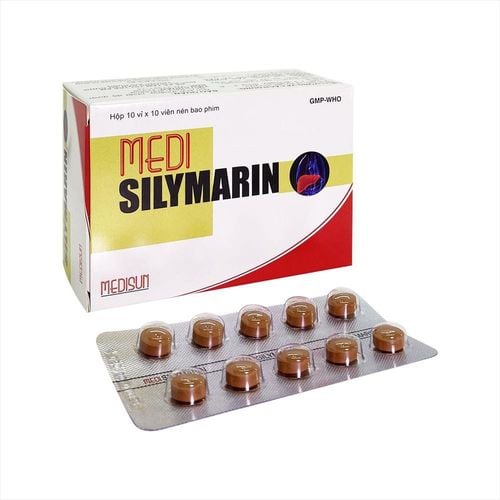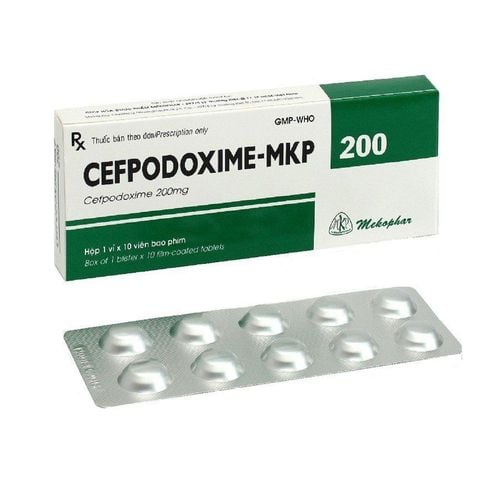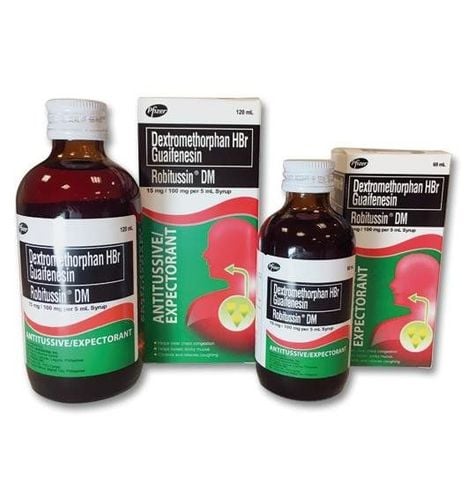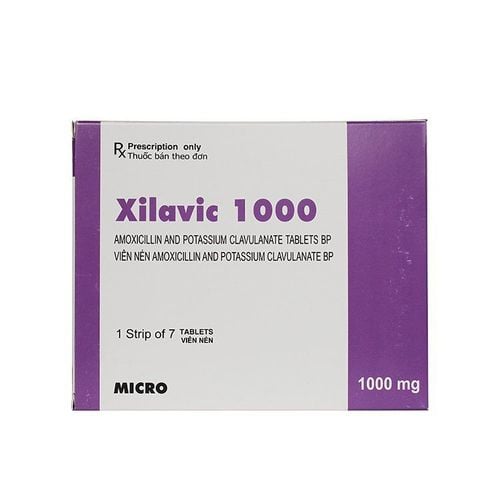This is an automatically translated article.
Kefstar medicine has the main ingredient Cefuroxime acetyl with the use of treating bronchitis, pneumonia, ear infections, nephritis, boils, cystitis,... The detailed information about Kefstar below helps you use it. effective medicine.1. What is Kefstar?
Kefstar drug belongs to the group of anti-parasitic, anti-infective, anti-viral, anti-fungal drugs. Kefstar is prepared as a powder for oral suspension in a box of 1 bottle of 50ml.Kefstar medicine has the main ingredient Cefuroxime acetyl and other excipients just enough.
2. What are the uses of Kefstar?
Kefstar drug is used in the following cases:Treatment of chronic and acute bronchitis, pneumonia. Treatment of otitis media, tonsillitis, pharyngitis, sinusitis. Treatment of acute or chronic pyelonephritis/pyelonephritis, cystitis and urethritis. Treatment of acute uncomplicated urethritis caused by gonococcal urethritis, cervicitis. Treatment of boils, impetigo, pustular diseases.
3. Dosage - How to take Kefstar
3.1. How to use
The drug Kefstar is prepared in the form of a powder for mixing and for oral use.3.2. Amount
Dosage of Kefstar drug depends on each subject and the course of the disease, there will be an appropriate dose. Here is the reference dose of Kefstar as follows:Adults:
Take 250mg of Cefuroxime acetyl, every 12 hours to treat tonsillitis & pharyngitis, maxillary sinusitis caused by sensitive bacteria. Oral 250mg or 500mg Cefuroxime acetyl every 12 hours in acute bronchitis secondary to bacterial infection, acute exacerbations of chronic bronchitis or in uncomplicated skin and soft tissue infections. Oral 125mg or 250mg Cefuroxime acetyl, every 12 hours, in uncomplicated urinary tract infections. Single oral dose of 1g Cefuroxime acetyl in uncomplicated cervical, urethral or rectal gonorrhea in women. Take 500mg of Cefuroxime acetyl, twice a day, for 20 days, in newly acquired Lyme disease. Children:
Pharyngitis & tonsillitis: Take 20mg Cefuroxime acetyl /kg/day (maximum 500mg Cefuroxime acetyl/day) divided into 2 small doses. Otitis media, impetigo: 30mg Cefuroxime acetyl/kg/day (maximum 1g Cefuroxime acetyl/day) divided into 2 small doses. Note: Use with caution in patients with renal failure, on renal dialysis or the elderly when taking no more than the usual maximum dose of 1g Cefuroxime acetyl/day. The usual course of treatment with Cefuroxime acetyl is 7 days. Recommendation: For doses less than 250mg of Cefuroxime acetyl, use the dosage form with appropriate strength.
3.3. What to do in case of an overdose of Kefstar?
Usually when taking an overdose of Kefstar will cause symptoms such as nausea, vomiting, diarrhea. However, those with renal failure or none may cause neuromuscular hyperexcitability reactions and seizures.In case of Kefstar overdose, it is necessary to protect the patient's respiratory tract, support ventilation and infusion. If convulsions develop, Kefstar should be discontinued immediately and anticonvulsant therapy may be instituted if clinically indicated. Hemodialysis can remove Kefstar from the blood, but most treatment is supportive or symptomatic.
4. Contraindications to the use of Kefstar
The drug Kefstar should not be used in patients who are hypersensitive or have a history of allergy to Cephalosporins.5. Kefstar drug interactions
The following are some of the reported drug interactions of Kefstar such as:Kefstar combined with Ranitidine, sodium bicarbonate reduces the bioavailability of Cefuroxim acetil in the drug. Kefstar should be administered at least 2 hours after antacids or H2 blockers, as these may increase gastric pH. When high doses of Probenecid are used in combination with Kefstar, there may be a decrease in renal clearance of Cefuroxime, resulting in higher and more prolonged plasma concentrations of Cefuroxime. Aminoglycosides in combination with Cefuroxime increase the possibility of nephrotoxicity. To ensure safety when using Kefstar, patients should list all the drugs they are using or the medical conditions they are having to the doctor/pharmacist.
6. Kefstar drug side effects
During the use of Kefstar, patients may experience some unwanted side effects such as:Common:
Digestive: Diarrhea Skin: Skin rash. Uncommon:
Systemic: Anaphylaxis, Candida infection. Blood: Positive Coombs test, eosinophilia, neutropenia, leukopenia. Gastrointestinal disorders: Nausea and vomiting Skin: Skin urticaria, itchy skin Urinary & genitourinary: Increased serum creatinine. Rare:
Systemic: Fever: Anemia & hemolysis Gastrointestinal: Pseudomembranous colitis Skin: Steven-Johnson syndrome, erythema multiforme, toxic epidermal necrolysis. Liver: Slight increase in AST & ALT, cholestatic jaundice. Renal: Interstitial nephritis, nephrotoxicity with temporary increase in blood urea, serum creatinine. Central nervous system: Convulsions with high doses of Kefstar and in patients with renal failure, headache, agitation. Other parts: Joint pain.
7. Precautions when using Kefstar
Before initiating treatment with Kefstar, a thorough investigation of the patient's history of allergy to Cephalosporins, penicillins or other drugs should be made.Because cross-sensitivity and anaphylaxis have occurred in patients allergic to beta-lactam antibiotics, appropriate caution and readiness to treat anaphylaxis should be considered when administered. Kefstar drug for patients who have ever been allergic to penicillin. However, with Kefstar, there is a low rate of cross-hypersensitivity to penicillin.
Although Kefstar drug rarely causes changes in renal function, it is recommended to check the liver and kidneys during treatment with Cefuroxime at maximum doses. Caution should be exercised when administering Kefstar to patients with potent diuretics, because of the potential for adverse effects on renal function.
Long-term use of Kefstar may cause overgrowth of non-susceptible strains. Therefore, patients should be carefully monitored, in case of serious superinfection during treatment, Kefstar must be discontinued.
When using broad-spectrum antibiotics, the occurrence of pseudomembranous colitis has been reported. Therefore, extreme caution should be exercised when using Kefstar in people with gastrointestinal diseases, especially colitis.
Increased nephrotoxicity data have been reported with concomitant use of Aminoglycoside antibiotics and Cefuroxime. In addition, it has been reported that cefuroxime is excreted in breast milk but at low concentrations and has no effect on nursing infants, but should be concerned when infants develop diarrhea, thrush and rash.
Kefstar is considered safe to use during pregnancy due to studies in mice/rats showing no evidence of impaired fertility or harm to the fetus and its use for the treatment of nephritis – renal pelvis in pregnant women, no adverse effects were observed in the neonate after exposure to Kefstar in the mother's womb. However, clinical studies in pregnant women are incomplete. Therefore, Kefsta should be used with caution in pregnancy unless its use is absolutely necessary.
Please dial HOTLINE for more information or register for an appointment HERE. Download MyVinmec app to make appointments faster and to manage your bookings easily.













